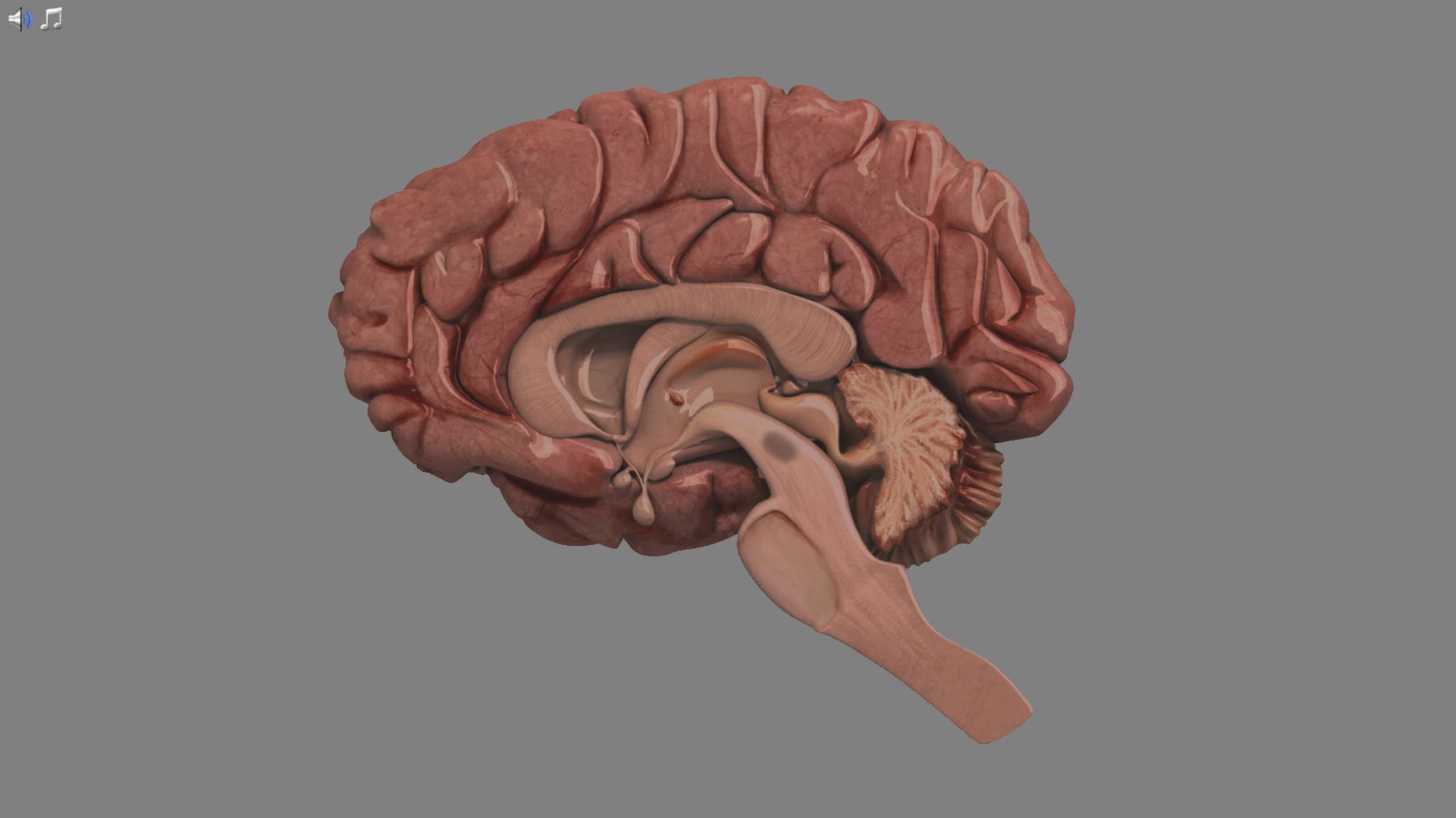Heading 1
Heading 2
Heading 3
Heading 4
Heading 5
Heading 6
Lorem ipsum dolor sit amet, consectetur adipiscing elit, sed do eiusmod tempor incididunt ut labore et dolore magna aliqua. Ut enim ad minim veniam, quis nostrud exercitation ullamco laboris nisi ut aliquip ex ea commodo consequat. Duis aute irure dolor in reprehenderit in voluptate velit esse cillum dolore eu fugiat nulla pariatur.
Block quote
Ordered list
- Item 1
- Item 2
- Item 3
Unordered list
- Item A
- Item B
- Item C
Bold text
Emphasis
Superscript
Subscript
About This Simulation
Use liquid chromatography to purify a protein involved in Parkinson’s disease to learn more about its causes and evaluate the efficacy of a promising molecule for its treatment using confocal microscopy.
Learning Objectives
- Describe the role of alpha synuclein in Parkinson’s disease
- Describe the different parts of a liquid chromatography equipment
- Interpret results from liquid chromatography experiments
- Describe the difference between Ion Exchange Chromatography and Size Exclusion Chromatography
- Evaluate the mode of action of Epigallocatechin gallate on Lewy body formation
- Describe the benefits of using Large Unilamellar vesicles as a cell membrane in vitro model
About This Simulation
Lab Techniques
- Confocal microscopy
- Sonication
- Size exclusion chromatography
- Ion exchange chromatography
Related Standards
- No direct alignment
- No direct alignment
- No direct alignment
Learn More About This Simulation
Your grandmother has recently been diagnosed with Parkinson’s disease. In this simulation, you will investigate the effects of a molecule found in green tea on the degeneration of neurons using an in vitro model.
Purifying alpha synuclein monomers
You will extract and purify monomers of alpha synuclein (aSN), a protein that is involved in the formation of Lewy bodies in the brain during the development of Parkinson’s disease. In order to do so, you will first use sonication to extract the protein, which is produced by an E. coli bacterial strain, and which was previously genetically modified by your lab assistant. Then, you will purify the extracted aSN monomers by ion exchange chromatography, while you learn about the different parts of the liquid chromatography equipment to get familiar with them before operating the equipment in the real lab.
Inducing and purifying aSN oligomers
After purifying the aSN monomers, you will induce the formation of aSN oligomers using a simple heating procedure. Once the oligomers are formed, you will further purify the sample to separate aSN monomers from oligomers using size exclusion chromatography. You don’t need to worry about long time-consuming preparation steps, because time will be fast-forwarded so you can focus on evaluating the results!
Evaluation of EGCG therapeutic potential
At the end of the Parkinson’s disease simulation, you will use the purified aSN monomers and oligomers to test the potential effects of Epigallocatechin gallate (EGCG), a polyphenol from green tea. You will use Large Unilamellar Vesicles containing a fluorescent dye as the membrane model to reproduce the in vivo conditions, and evaluate your results using confocal microscopy. Finally, you will take a trip inside the sample to find out the molecular mechanism that causes neurons to degenerate.
Will you be able to elucidate the mechanism of action of EGCG to provide your grandmother with insights about the benefits of green tea?
For Science Programs Providing a Learning Advantage
Boost STEM Pass Rates
Boost Learning with Fun
75% of students show high engagement and improved grades with Labster
Discover Simulations That Match Your Syllabus
Easily bolster your learning objectives with relevant, interactive content
Place Students in the Shoes of Real Scientists
Practice a lab procedure or visualize theory through narrative-driven scenarios


FAQs
Find answers to frequently asked questions.
Heading 1
Heading 2
Heading 3
Heading 4
Heading 5
Heading 6
Lorem ipsum dolor sit amet, consectetur adipiscing elit, sed do eiusmod tempor incididunt ut labore et dolore magna aliqua. Ut enim ad minim veniam, quis nostrud exercitation ullamco laboris nisi ut aliquip ex ea commodo consequat. Duis aute irure dolor in reprehenderit in voluptate velit esse cillum dolore eu fugiat nulla pariatur.
Block quote
Ordered list
- Item 1
- Item 2
- Item 3
Unordered list
- Item A
- Item B
- Item C
Bold text
Emphasis
Superscript
Subscript
A Labster virtual lab is an interactive, multimedia assignment that students access right from their computers. Many Labster virtual labs prepare students for success in college by introducing foundational knowledge using multimedia visualizations that make it easier to understand complex concepts. Other Labster virtual labs prepare learners for careers in STEM labs by giving them realistic practice on lab techniques and procedures.
Labster’s virtual lab simulations are created by scientists and designed to maximize engagement and interactivity. Unlike watching a video or reading a textbook, Labster virtual labs are interactive. To make progress, students must think critically and solve a real-world problem. We believe that learning by doing makes STEM stick.
Yes, Labster is compatible with all major LMS (Learning Management Systems) including Blackboard, Canvas, D2L, Moodle, and many others. Students can access Labster like any other assignment. If your institution does not choose an LMS integration, students will log into Labster’s Course Manager once they have an account created. Your institution will decide which is the best access method.
Labster is available for purchase by instructors, faculty, and administrators at education institutions. Purchasing our starter package, Labster Explorer, can be done using a credit card if you are located in the USA, Canada, or Mexico. If you are outside of North America or are choosing a higher plan, please speak with a Labster sales representative. Compare plans.
Labster supports a wide range of STEM courses at the high school, college, and university level across fields in biology, chemistry, physics, and health sciences. You can identify topics for your courses by searching our Content Catalog.















